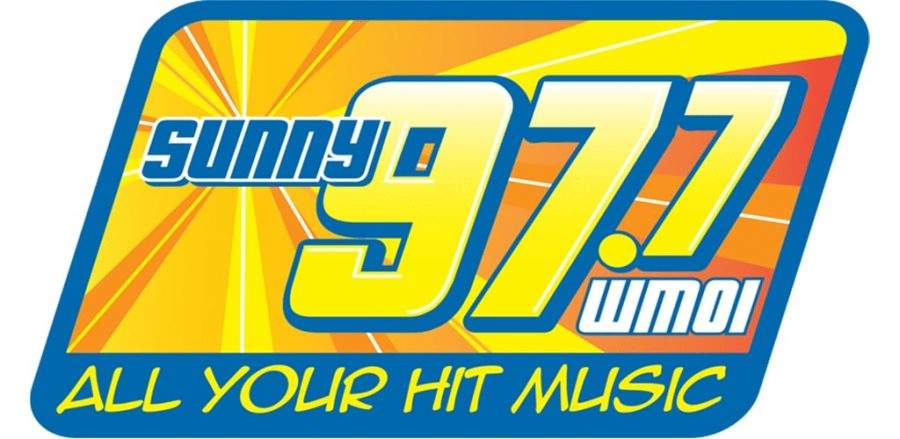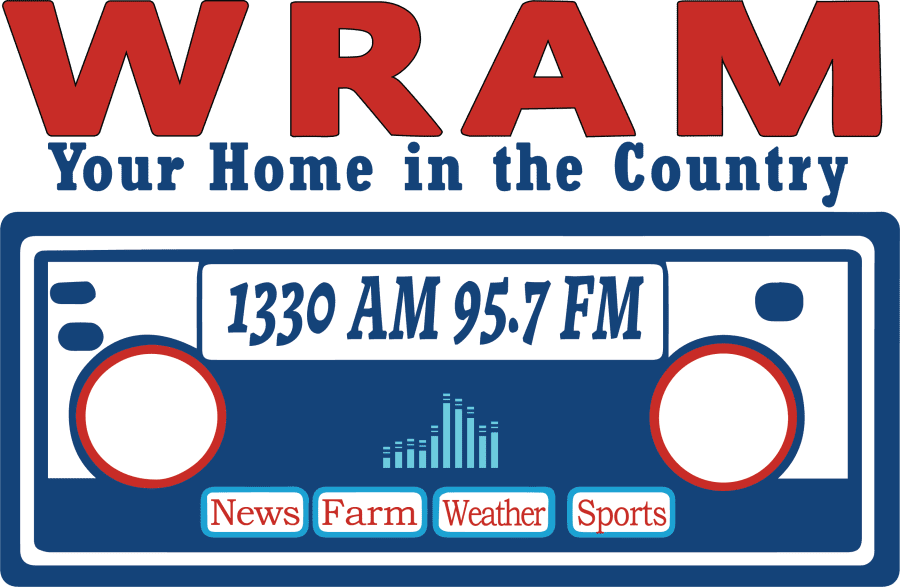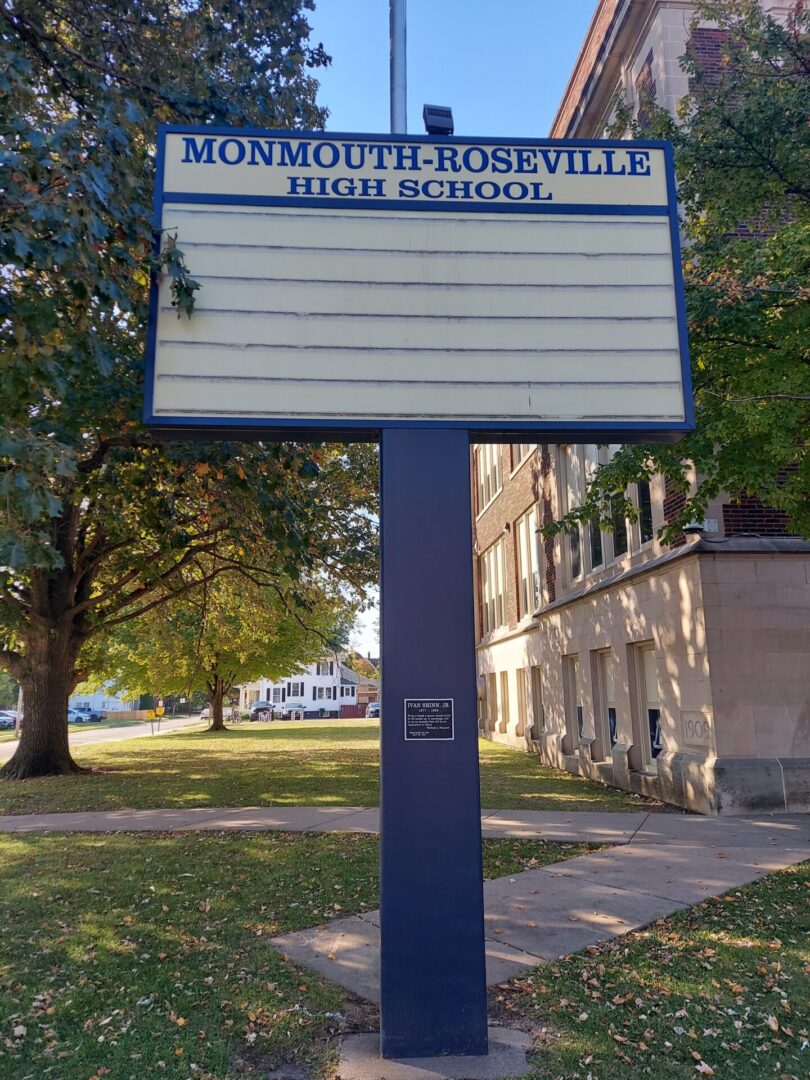Russia’s invasion of Ukraine sparked disruptions in many global markets with fertilizer being no exception. In the spring of 2022, farmers saw record-high fertilizer costs and shortages in the supply. Fast forward to early September 2023, Growmark FS Crop Specialist Brendan Marshall said that nitrogen is down $500-$600 a ton from a year ago, and the phosphate and potash market has softened.
“In my area, I would say that probably most of the nitrogen has been contracted for this fall already,” said Marshall. “My company right now has contracted more ammonia for fall than we ever have and last year was a record-breaking year for us. We had a great fall to put it on, I hope we have it again this way. And if that is the case then that would be the same for the Midwest. If that all gets on, I think you are going to see inputs drop more for spring.”
He added that if you have some input started, it is a good time to look at marketing to cover some of those costs.
Even with higher input prices in 2022, corn was able to be marketed at higher rates said ADM Grain Merchandiser Dan Bowman, which is something to keep in mind this harvest season.
“We kind of got the ‘deer in the headlights’ syndrome last year at the same time as we started seeing those higher prices. We didn’t think we could stomach the input prices with where the value of corn was. Knowing that and looking back, we had a lot of chances to sell December ‘23 corn in the $6.30 to $6.60 area,” said Bowman. “We always seem to underestimate our ability to raise crops from a production standpoint. I think this year, with the lower priced inputs, $5.15, $5.25 Dec ‘24 corn certainly needs to be looking at locking in.”
Both Bowman and Marshall spoke in an FS and WRAM Ag Round Table panel discussion in early September.














